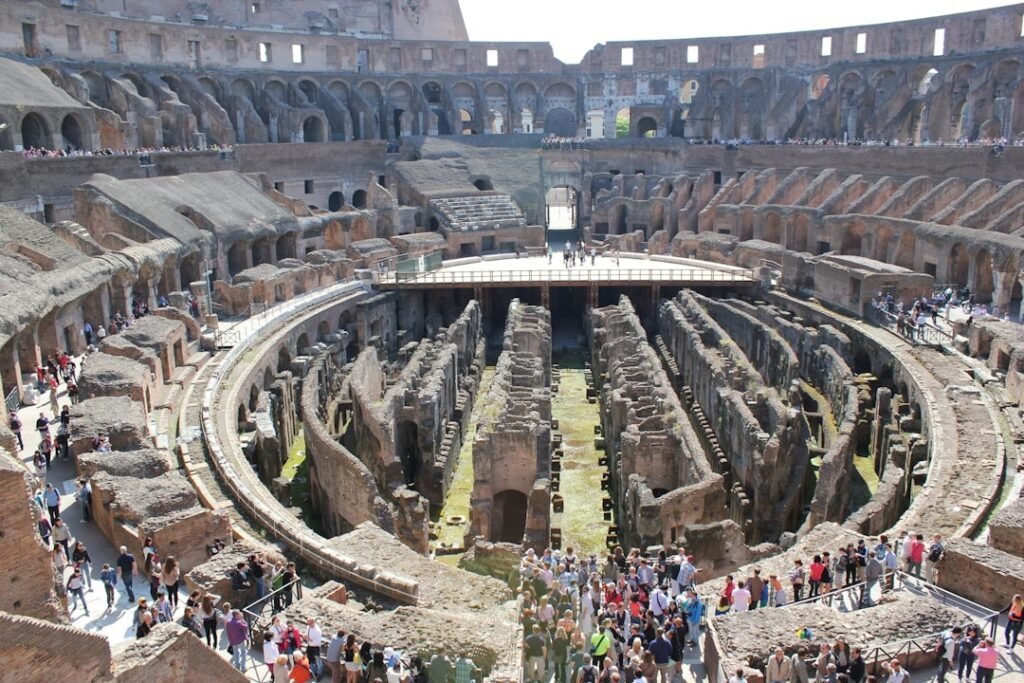The Renaissance of Historic Town Centers: Villages Reborn Through Local Tourism

Italy’s forgotten villages are experiencing an unprecedented renaissance. After decades of abandonment and decline, these historic gems nestled in mountains, valleys, and countryside are finding new life through the growing trend of automotive tourism and local travel. The pandemic fundamentally shifted how we think about travel, pushing tourists away from crowded destinations toward authentic, off-the-beaten-path experiences.
This transformation isn’t just changing the economic landscape of rural Italy—it’s preserving centuries of culture, architecture, and tradition that were on the verge of disappearing forever. From restored medieval squares to revitalized local businesses, these small towns are becoming beacons of sustainable tourism and cultural preservation.
The Automotive Tourism Revolution
The rise of automotive tourism has been instrumental in breathing new life into Italy’s historic centers. Unlike mass tourism that relies on airports and train stations, car travel opens up access to remote villages that were previously difficult to reach. This shift has democratized travel, allowing tourists to discover hidden treasures at their own pace.
Road trips have become more than just a means of transportation—they’re cultural journeys that connect travelers with the authentic soul of Italian heritage. The freedom to stop, explore, and immerse oneself in local culture has made automotive tourism the preferred choice for those seeking meaningful travel experiences.
Benefits of Car-Based Exploration
- Flexibility and Freedom: Travelers can adjust their itineraries spontaneously, spending more time in places that captivate them
- Access to Remote Locations: Many historic villages are only accessible by car, making automotive tourism essential for their discovery
- Local Economic Impact: Car travelers tend to stay longer and spend more in local businesses, restaurants, and accommodations
- Sustainable Numbers: Unlike cruise ships or tour buses, individual car tourism maintains manageable visitor numbers
Success Stories: Villages Transformed
The Cinque Terre Alternative Network
While the famous Cinque Terre became overcrowded, nearby villages like Tellaro, Montemarcello, and Fiascherino have emerged as equally stunning alternatives. These coastal gems offer the same breathtaking views and authentic Italian charm without the overwhelming crowds. Automotive tourists have discovered these treasures, creating a sustainable tourism model that benefits local communities.
Mountain Villages Finding New Purpose
Alpine villages in regions like Trentino-Alto Adige and Valle d’Aosta are experiencing remarkable revivals. Towns like Glorenza, with its perfectly preserved medieval walls, and Vipiteno, known for its colorful buildings, have become magnets for car travelers seeking mountain authenticity combined with historical significance.
The Role of Technology in Village Renaissance
Modern technology plays a crucial role in supporting this automotive tourism renaissance. Digital tools help travelers plan efficient routes, find hidden gems, and manage their journeys responsibly. For those documenting their village-hopping adventures, apps like Magica Mileage Tracker become invaluable companions, helping track routes, manage fuel consumption, and maintain detailed travel records.
Smart Travel Management
Today’s village explorers are increasingly conscious of their travel impact. They seek tools that help them:
- Track fuel efficiency across different terrains
- Plan optimal routes that minimize environmental impact
- Monitor vehicle maintenance to ensure safe travels through remote areas
- Document their journeys for sharing and future reference
Economic and Cultural Impact
The economic transformation of these villages is remarkable. Local restaurants that were on the verge of closing are now thriving. Artisan workshops are finding new markets for traditional crafts. Bed and breakfasts in restored historic buildings are booked months in advance. This economic revival creates a positive cycle: increased revenue allows for better preservation of historic buildings and infrastructure, which in turn attracts more visitors.
Preserving Authenticity
What makes this tourism model particularly successful is its emphasis on authenticity. Unlike destinations that create artificial attractions, these villages succeed by preserving and showcasing their genuine character. Visitors come not for theme park experiences, but for real connections with Italian culture, history, and lifestyle.
Challenges and Sustainable Solutions
The renaissance of historic villages isn’t without challenges. Infrastructure improvements must balance modern needs with historic preservation. Parking solutions need to accommodate increased traffic without compromising the visual integrity of medieval squares and narrow streets.
Many villages are implementing smart solutions: designated parking areas outside historic centers with shuttle services, digital reservation systems for restaurants and attractions, and visitor management systems that prevent overcrowding during peak periods.
Planning Your Village Discovery Journey
For travelers inspired to explore Italy’s reborn villages, preparation is key. Research your route in advance, but remain flexible for spontaneous discoveries. Consider seasonal variations—spring and fall often offer the best balance of pleasant weather and manageable crowds.
Modern travelers benefit from using comprehensive tracking apps like Magica to monitor their automotive adventures. These tools help optimize fuel consumption across varied terrains, track maintenance needs for extended road trips, and create detailed records of your cultural discoveries.
The Future of Village Tourism
The renaissance of Italy’s historic villages represents more than just a tourism trend—it’s a model for sustainable cultural preservation. As travelers increasingly seek authentic experiences over mass-market destinations, these villages offer a template for how communities can thrive while maintaining their essential character.
The success of automotive tourism in revitalizing these communities proves that when tourism is done thoughtfully and sustainably, everyone benefits: visitors gain authentic experiences, communities receive economic support, and cultural heritage is preserved for future generations.
This village renaissance is just beginning. As more travelers discover the joy of exploring Italy’s hidden gems by car, equipped with smart travel tools and a respect for local culture, we can expect this movement to continue transforming forgotten places into thriving centers of authentic Italian life.


